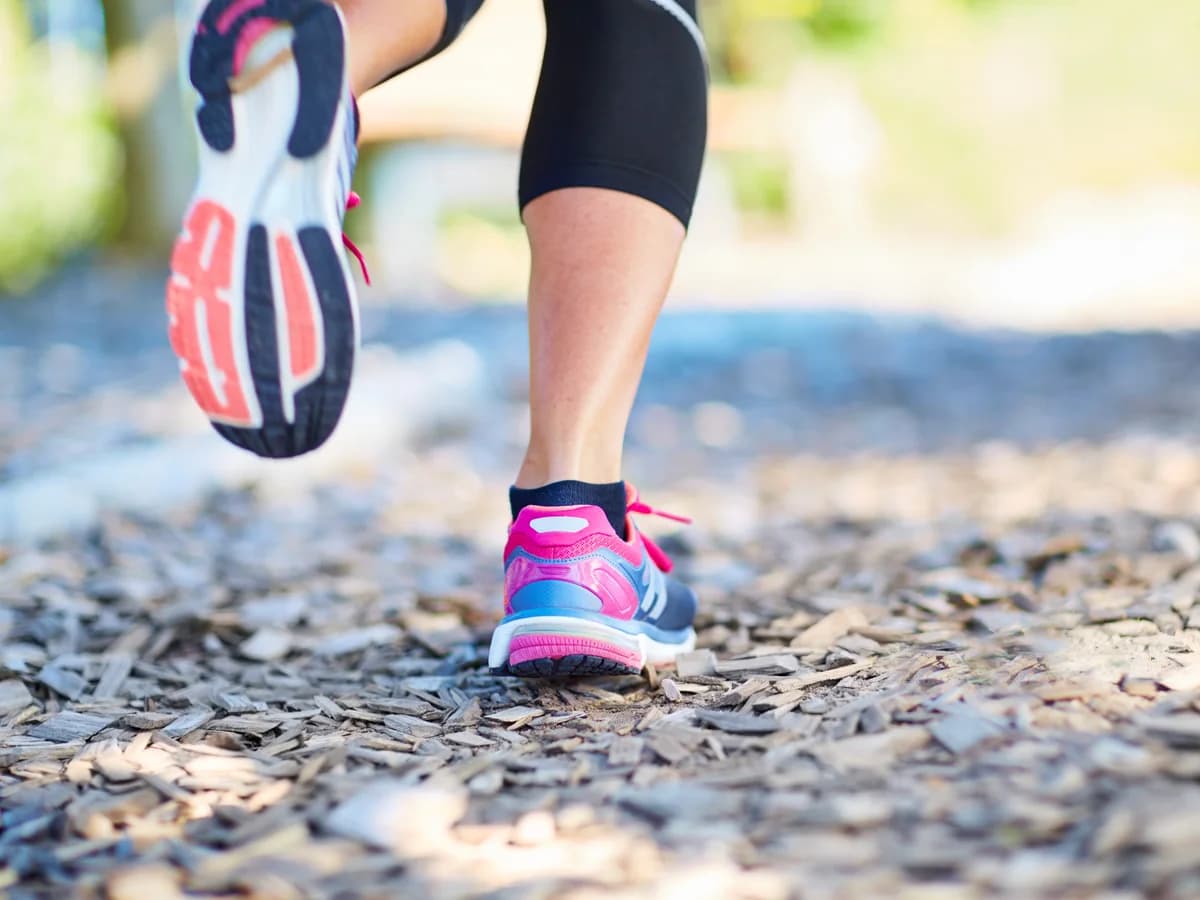Loading News Article...
We're loading the full news article for you. This includes the article content, images, author information, and related articles.
We're loading the full news article for you. This includes the article content, images, author information, and related articles.
A new study reveals that women's running shoes, traditionally based on male foot anatomy, fail to meet female athletes' distinct needs, potentially impacting performance and increasing injury risk.

Sports footwear manufacturers are being urged to abandon the long-standing practice of simply scaling down and recolouring men's running shoes for women, a method commonly known as 'shrink it and pink it'. A recent qualitative study, published in the open-access journal BMJ Open Sport & Exercise Medicine on Tuesday, October 14, 2025, highlights a critical gap in running footwear design, which has historically been based on male anatomy and biomechanics.
The research indicates that this approach overlooks the distinct anatomical and biomechanical differences in women's feet and how they change throughout their lives. Experts contend that female-specific designs would significantly enhance comfort, improve injury prevention, and boost performance for women runners.
Women's feet are not merely smaller versions of men's feet; they possess key structural differences. Generally, women tend to have a narrower heel relative to the forefoot, higher and more flexible arches, a shallower instep, and a more curved inner foot line. These anatomical variations also lead to different load distribution during running, with females often experiencing greater pressure on the lateral (outer) side of the foot.
Furthermore, women typically have a wider pelvis and shorter legs in proportion to their body size, which influences running mechanics and the forces exerted on their feet. These biomechanical distinctions mean that footwear designed for men may not provide adequate support and comfort for women, potentially contributing to issues like bunions, corns, plantar fasciitis, and ankle sprains.
Kenya has consistently produced some of the world's most dominant long-distance runners, with female athletes from the country achieving significant global recognition. However, many Kenyan female runners, particularly those from humble backgrounds, face numerous challenges, including limited access to appropriate and high-quality running shoes.
While advanced footwear technology has been shown to improve race times for elite runners of both genders, the performance enhancement has been more pronounced in female athletes. This suggests that even with existing technology, there is a significant untapped potential for performance gains through truly gender-specific shoe designs. The 'shrink it and pink it' strategy may inadvertently hinder the full athletic potential of these athletes by not catering to their specific needs.
The study, which involved interviews with 21 women runners in Canada aged between 20 and 70, found that participants often resorted to trial-and-error adaptations, such as buying larger sizes or using different lacing techniques, to make ill-fitting shoes work. This highlights a lack of purpose-built solutions from manufacturers.
In Kenya, local initiatives like Enda Sportswear, Africa's first athletic shoe brand, are attempting to address some of these gaps by manufacturing shoes in Kenya and focusing on designs that consider the unique needs of runners. Enda's prototype, for instance, is a lightweight trainer with a wider toe box, approximating barefoot running, a style some Kenyan athletes have historically adopted.
The continued reliance on male-centric designs poses several risks for female athletes, including increased susceptibility to injuries and suboptimal performance. For Kenyan athletes, who often train under challenging conditions, ill-fitting footwear can exacerbate these issues. The lack of tailored designs also represents a missed opportunity for manufacturers to innovate and cater to a significant segment of the athletic market.
While the study underscores the need for gender-specific designs, it was a small qualitative study. Further extensive quantitative research is needed to fully understand the extent of the impact of current shoe designs on a larger, more diverse population of female runners, including elite athletes in Kenya. The specific biomechanical adaptations required for different stages of a woman's life, such as pregnancy and post-partum, also warrant more detailed investigation.
The sports footwear industry is at a crucial juncture, with growing calls for more inclusive and scientifically informed design practices. Consumers and athletes alike will be watching to see if major brands move beyond superficial modifications to invest in genuine female-specific research and development. The success of local brands like Enda in creating tailored solutions could also inspire broader changes in the global market.
Keep the conversation in one place—threads here stay linked to the story and in the forums.
Other hot threads
E-sports and Gaming Community in Kenya
Active 6 months ago
Popular Recreational Activities Across Counties
Active 6 months ago
The Role of Technology in Modern Agriculture (AgriTech)
Active 6 months ago
Investing in Youth Sports Development Programs
Active 6 months ago